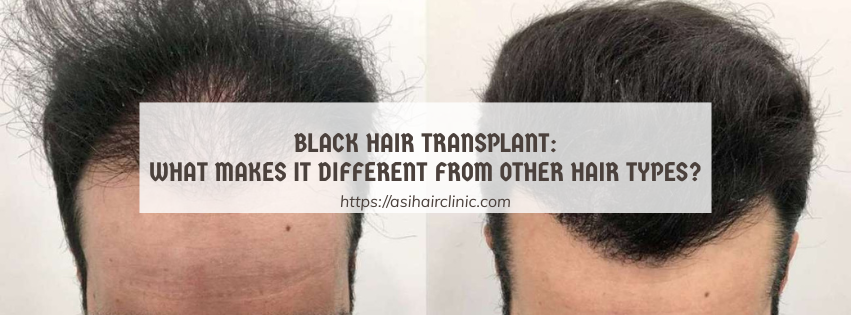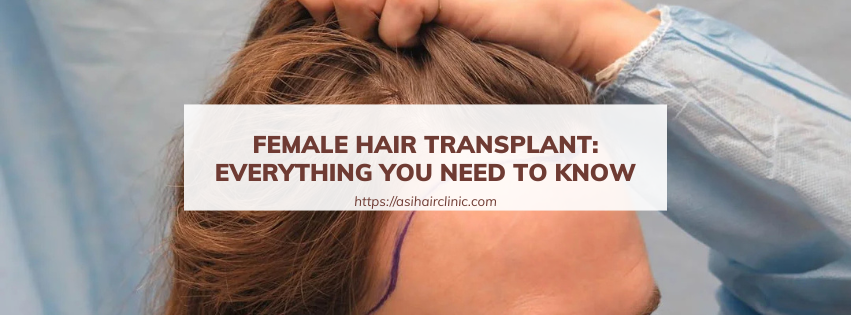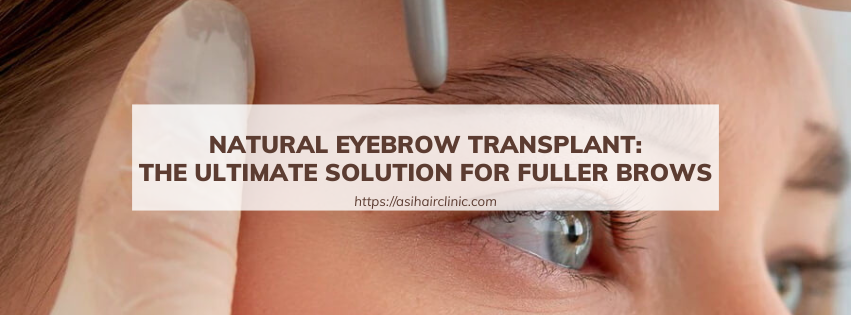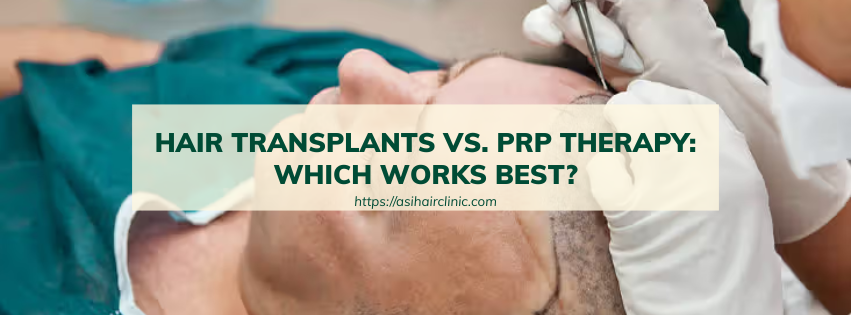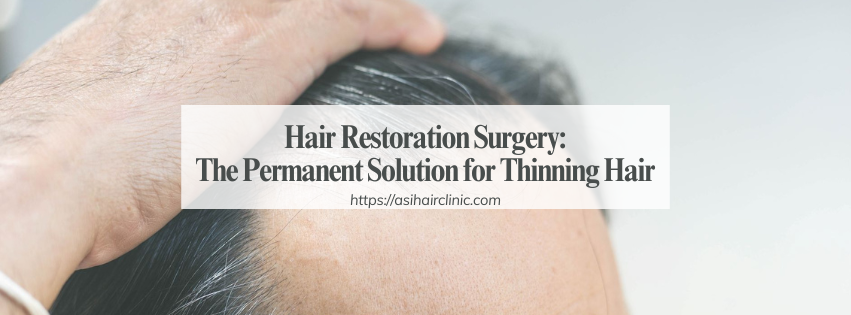Second Hair Transplant - When Is It Necessary?
Hair loss can often feel like a daunting journey, leading individuals to seek solutions that promise restoration and rejuvenation. One such solution that has gained traction over the years is the hair transplant, offering hope for those who wish to reclaim their lost confidence. However, the reality remains that a single hair transplant might not always suffice, leading patients to ponder the necessity of a Second Hair Transplant. In this article, we will explore the situations where a second procedure could be beneficial, examine various contributing factors, and discuss the complexities involved in making this decision.
1. Understanding the Initial Hair Transplant
Before diving into the need for a second hair transplant, it’s essential to appreciate what an initial hair transplant entails and its inherent limitations. Hair transplants are procedures designed to relocate healthy hair follicles from areas where hair growth is abundant-typically the back of the head-to thinning or balding regions. The efficacy of this operation hinges upon several pivotal factors.
1.1. The Expertise of the Surgeon
The skill set and experience of the surgeon play a fundamental role in the success of the hair transplant. Surgeons who possess a nuanced understanding of hair growth patterns and have honed their craft through extensive practice tend to yield better results. Their expertise enables them to make precise decisions regarding graft placement, ensuring that the result is both natural-looking and aesthetically pleasing.
A qualified surgeon should also communicate effectively with the patient, setting realistic expectations. For instance, if a patient desires a specific hairline design, the surgeon must assess whether such a design would complement the individual’s facial features and existing hair characteristics. A collaborative approach between the patient and surgeon often leads to more satisfactory outcomes.

1.2. The Quality of Donor Hair
The health and density of the donor hair significantly influence the hair transplant's success. Strong, robust follicles yield better survival rates after transplantation, contributing to a denser appearance. Conversely, weak or thinning donor hair may lead to unsatisfactory results.
In addition, the assessment of the donor area’s suitability is crucial. Conditions such as scarring or inflammation can impede successful grafting. Therefore, prior evaluations of the donor area not only enhance the chances of a successful outcome but also help in formulating realistic projections about the results.
1.3. Post-Operative Adherence
The road to recovery post-transplant is just as critical as the procedure itself. Patients must adhere strictly to post-operative care instructions provided by their surgeon. Following guidelines about washing hair, avoiding certain activities, and maintaining a healthy lifestyle are paramount for optimal healing and hair growth.
Failure to comply with these instructions can lead to complications and diminish the effectiveness of the transplanted hair. Thus, patient diligence in the recovery phase cannot be overstated-it forms the bedrock for achieving a successful hair restoration experience.
2. When a Second Hair Transplant Might Be Necessary
While most individuals find satisfaction with their first hair transplant, there are instances where a second procedure may be warranted. Factors influencing the necessity for a Second Hair Transplant can generally be categorized into several groups.
2.1. Inadequate Results from the Initial Transplant
Often, patients may discover that the results from their first hair transplant are not in line with their expectations. Several aspects can contribute to this discrepancy:
Insufficient Hair Density
One common reason for pursuing a second transplant is insufficient hair density in treated areas. If the initial transplant failed to deliver the desired coverage-partly due to a conservative approach or evolving hair loss-the need for a second procedure becomes evident. Supplementary grafts can fill in gaps left behind, enhancing the overall aesthetic appeal.
Furthermore, inadequate density can leave patients feeling self-conscious, prompting them to consider additional treatments to achieve their desired look. Ultimately, hair density significantly impacts a person's self-image, and addressing this concern through a second transplant may restore confidence.

Unsatisfactory Hairline
A well-designed hairline can dramatically alter a person’s appearance. If the initial hairline does not align with the patient’s aesthetic vision-perhaps it looks unnatural or doesn’t complement their features-a second hair transplant can offer the opportunity to reshape and refine the hairline for a more balanced and appealing look.
It's worth noting that hairline design can vary widely based on personal preferences and ideal outcomes. Engaging in open discussions with the surgeon about hairline expectations is vital, as this dialogue sets the stage for future interventions if the original plan does not pan out.
Uneven Hair Growth
Following the initial transplant, some individuals may experience uneven hair growth or irregular patterns, which can detract from the overall appearance. A second transplant allows for targeted adjustments, filling in patchy areas and creating a more harmonious look.
Addressing uneven growth is essential for achieving a natural appearance. Each patient's unique hair growth pattern must be considered when planning a corrective procedure, as careful attention to detail can ultimately lead to satisfying results.
2.2. Donor Area Depletion & Scarring
As patients navigate their hair restoration journey, they may encounter challenges related to the donor area.
Limited Donor Hair
For individuals who suffer from extensive hair loss or who have undergone multiple hair transplant procedures in the past, the availability of donor hair can become a pressing issue. Over time, the donor area may become depleted, limiting options for future transplants.
In such cases, a second hair transplant requires meticulous planning to ensure that enough healthy grafts can be procured while minimizing further depletion. The surgeon must consider the distribution of remaining donor hair to optimize the final results without jeopardizing the patient’s future options.
Scarring from Previous Procedures
Certain techniques, particularly Follicular Unit Transplantation (FUT), can leave visible linear scars in the donor region. If these scars are prominent and affect the patient's comfort or aesthetics, a second transplant can serve to camouflage these imperfections.
Additionally, Follicular Unit Extraction (FUE) can lead to small scattered scars across the donor area. As patients undergo multiple sessions, the risk of scar visibility increases. Hence, it is imperative to strategize effectively during subsequent procedures to mitigate the impact of any scarring on the overall outcome.
2.3. Advancements in Surgical Techniques & Technology
The realm of hair restoration is continually evolving, with advancements in surgical techniques and technology emerging regularly.
Improved Techniques
If improved methods become available after a patient’s first hair transplant, they may consider undergoing a second procedure to benefit from these advancements. Newer technologies may include refined tools for graft extraction, enhanced storage methods for grafts, and smarter surgical planning.
These innovations often promise better results, and patients might feel encouraged to explore their options further, particularly if their initial experience did not meet their expectations.
The Role of AI and Robotics
Artificial Intelligence (AI) and robotic-assisted hair transplantation are gaining traction in the field, offering greater precision and efficiency during the transplant process. If patients recognize the potential benefits of these cutting-edge technologies, they may opt for a second hair transplant to capitalize on these advancements.
Robotic systems can enhance accuracy in graft placement and minimize trauma to surrounding tissues, which may lead to improved outcomes. As these technologies continue to evolve, patients may find themselves increasingly inclined to investigate the possibilities of a second procedure.
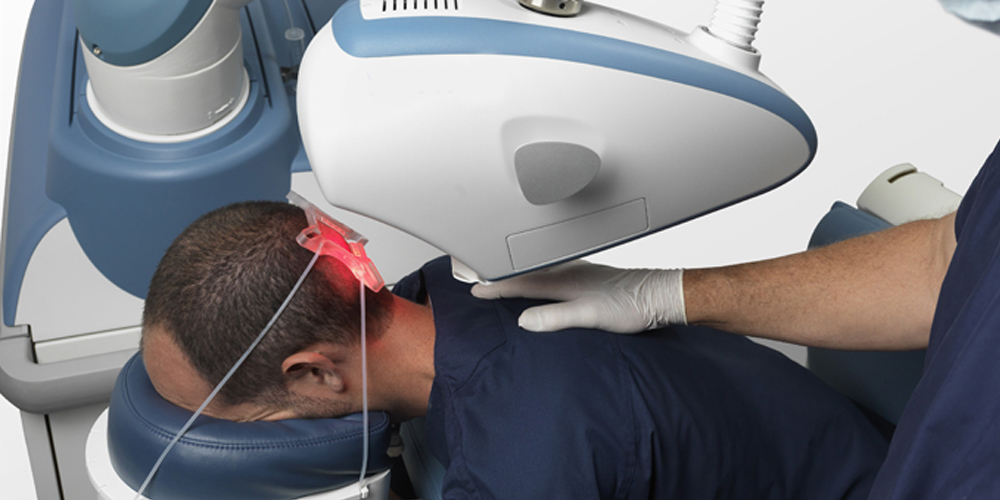
2.4. Evolving Hair Loss Patterns
Hair loss is a progressive condition; thus, a second hair transplant may be necessitated by changing circumstances in a patient’s hair loss journey.
Progressive Hair Loss
Male and female pattern baldness commonly progresses over time, even after a successful initial transplant. While the transplanted hair may thrive, new areas of thinning or balding can emerge, prompting individuals to seek additional treatment.
Patients should remain vigilant in monitoring their hair loss progression. Regular consultations with a hair restoration specialist can provide valuable insights into the best course of action moving forward.
Changes in Hairline
Over the years, natural changes in the hairline can occur, leading some to feel the need for a second transplant. As the body ages, hairlines may recede further, requiring intervention to maintain a youthful and balanced appearance.
An open discussion with a knowledgeable surgeon about the anticipated changes in hairline can aid in developing a proactive approach to hair restoration, ensuring the patient remains satisfied and confident throughout their journey.
3. Timing & Considerations for a Second Hair Transplant
Once you’ve assessed the potential necessity for a second hair transplant, timing and careful consideration become paramount. Collaboration with an experienced hair transplant surgeon is essential to navigate this process successfully.
3.1. The Importance of Consultation
Consulting with a qualified hair restoration specialist is critical before embarking on a second procedure. A comprehensive evaluation of your specific situation, including the progression of hair loss and the condition of the donor area, helps determine the feasibility of a second transplant.
Surgeons will analyze your individual hair loss pattern, assess the remaining donor hair, and review previous surgical outcomes. An understanding of your expectations is equally important, as transparent communication sets the foundation for optimal results.
3.2. Waiting Period Between Procedures
The waiting period between the first and second transplants plays a pivotal role in ensuring optimal outcomes.
Healing and Recovery
Adequate time is necessary for the first transplant to heal thoroughly and for new hair growth to establish itself. This process can take several months, sometimes extending to a year or more. During this time, the surgeon will monitor progress and evaluate the effects of the initial transplant before considering a second procedure.
Inadequate healing can adversely affect the outcome of subsequent treatments, potentially leading to complications or diminished results. Patience during this phase is crucial for an effective hair restoration journey.
Assessing Hair Growth
Another key aspect of waiting involves monitoring hair growth patterns over time. By allowing ample time between the two procedures, surgeons can assess how the initial transplant has settled, identifying areas that may require enhancement or refinement.
This careful analysis informs the planning of a second transplant, ultimately maximizing the likelihood of achieving the desired results.
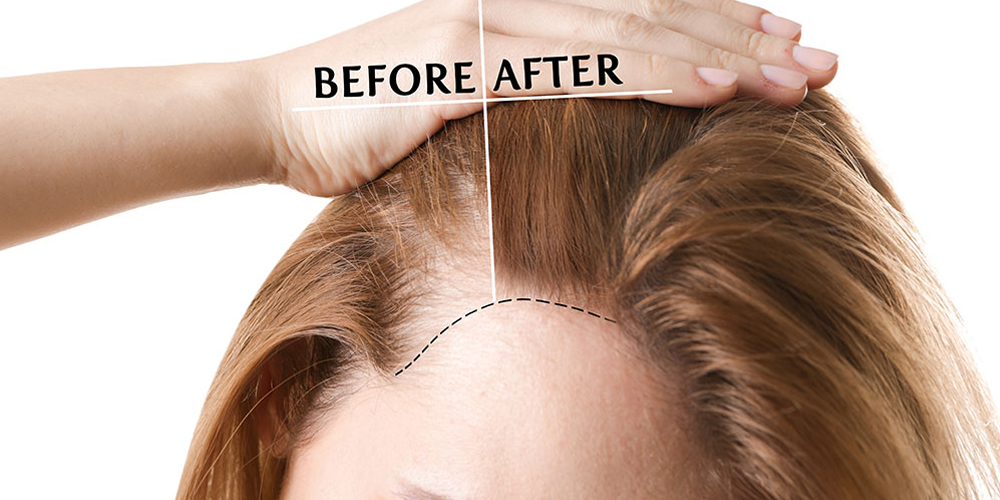
3.3. Potential Risks & Complications
While a second hair transplant follows a similar risk profile as the first procedure, certain factors may heighten the likelihood of complications.
Scarring
With each successive transplant, the risk of visible scarring increases, particularly in the donor area. The surgeon must develop strategies to minimize scar visibility and achieve seamless integration with the surrounding hair.
Thorough pre-operative assessments can help identify areas at risk of scarring, enabling the surgeon to utilize techniques that mitigate this concern.
Infection and Graft Loss
Although rare, the possibility of infection persists with multiple procedures, necessitating vigilance in post-operative care. Furthermore, hair graft loss remains a concern, as some grafts may not survive during or post-procedure.
Effective communication throughout the entire process is essential for addressing these risks proactively, as it empowers patients to understand their responsibilities in safeguarding the success of their transplant.
Uneven Hair Growth
Achieving natural-looking hair growth with multiple procedures demands meticulous planning and execution. A second transplant should focus on harmonizing previously transplanted hair with new grafts to avoid a patchy appearance.
Patient involvement in discussing hair growth patterns and desired results fosters collaboration with the surgeon, ultimately increasing the chances of a successful outcome.
Conclusion
A Second Hair Transplant represents a viable option for individuals seeking improvement following an initial hair restoration procedure. Whether due to inadequate results, evolving hair loss patterns, advancements in surgical techniques, or donor area depletion, numerous factors can motivate the pursuit of a second intervention. It’s essential to approach this journey thoughtfully, collaborating with a seasoned hair transplant surgeon to maximize the likelihood of success. Realistic expectations, open communication, and adherence to post-operative protocols play significant roles in achieving desirable results.
Ultimately, each patient’s hair restoration journey is unique, and understanding the nuances of this process empowers individuals to make informed decisions about their evolving needs. With careful consideration and expert guidance, those contemplating a second hair transplant can confidently embark on the path toward renewed confidence and vitality.
LATEST POSTS

